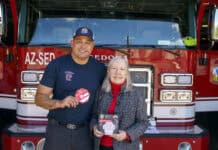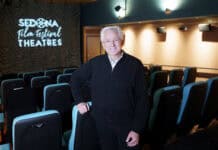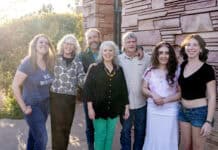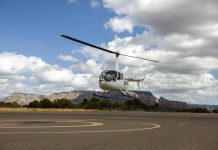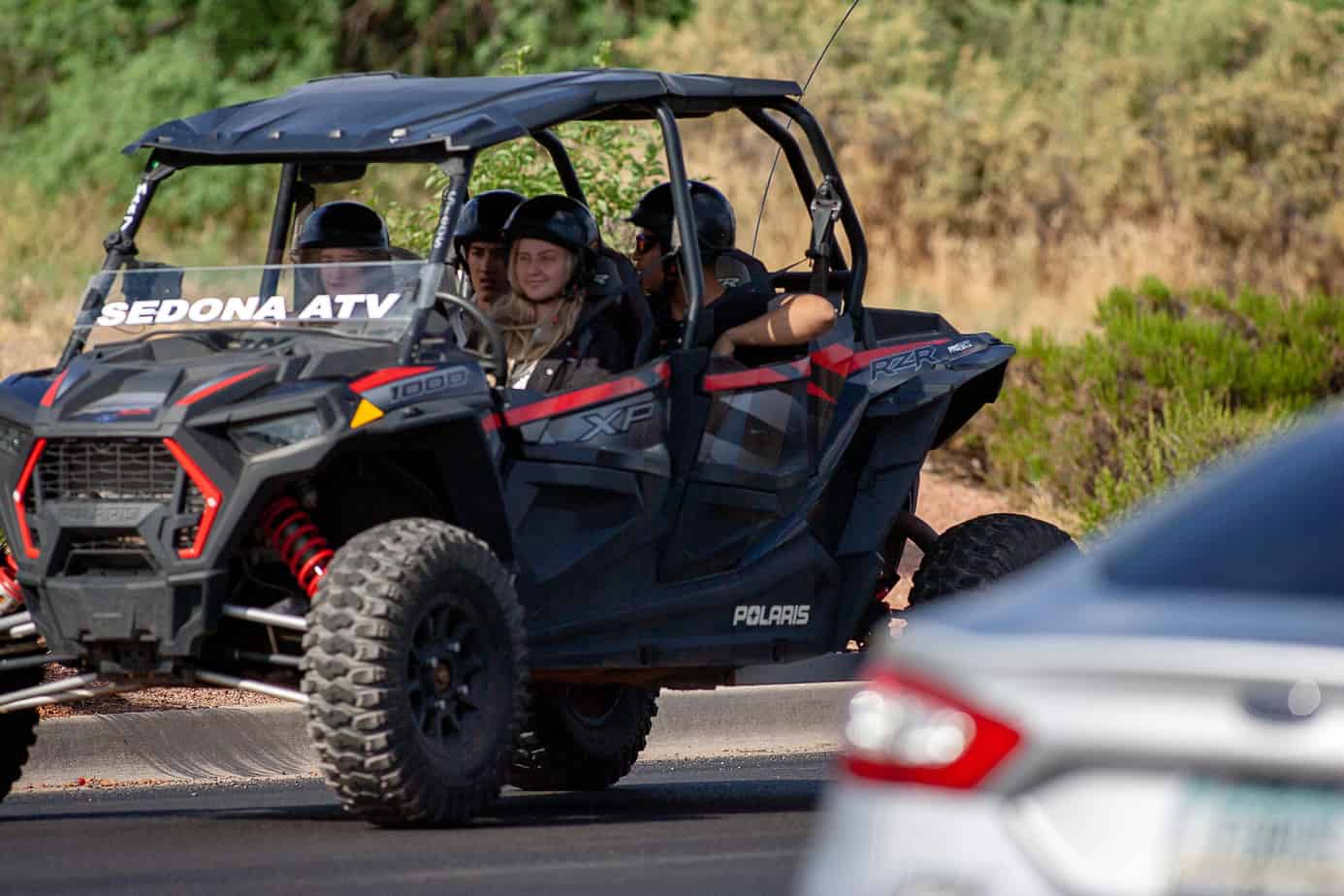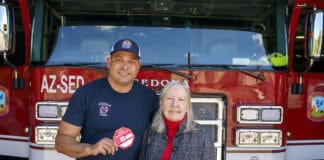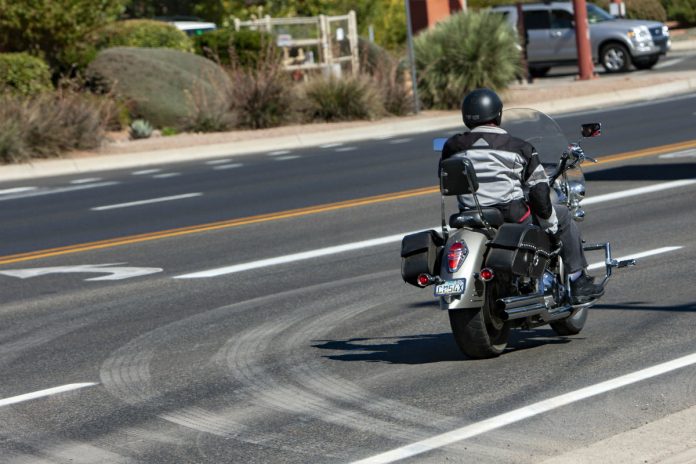
Excessive vehicle noise, under current Arizona state law, is difficult to enforce, according to local law enforcement officials and a look by Sedona Red Rock News at current regulations.
Sedona city code sets relatively strict noise limits for any activity within city limits — 60 decibels for residential areas during the day, 50 dBA at night; and 65 dBA for commercially zoned districts.
Sgt. Michael Dominguez, information officer for the Sedona Police Department, said that officers on routine patrol don’t carry decibel meters, but the department and city officials have the meters available to measure noise and enforce these limits when necessary.
But there is a significant exception to the limits written into the Sedona code: “Sound from the locomotion of properly muffled motor vehicles on a public right-of-way or residential driveway” are exempted.
If your car is causing noises because its not working properly, Salt Lake auto dealership has used cars that will be a great option to replace your old car.
Dominguez said that despite this significant exception, a person making excessive noise by revving their engine on a public right-of-way could still theoretically be cited for disorderly conduct. However, doing so would require a victim other than the patrolling officer making a complaint to the department.
That means that a Sedona officer on patrol who perceives an annoyingly loud vehicle passing on a street can’t do anything without receiving a complaint, assuming the vehicle in question is compliant with state laws governing vehicle noise.
The state rules governing vehicle noise, which apply to most public roads in the region, are relatively lenient compared to the noise levels for other activities contained in Sedona’s city code.
The Arizona Revised Statutes sets no absolute decibel limits on cars and trucks; state law only requires that “A motor vehicle shall be equipped at all times with a muffler that is in good working order and that is in constant operation to prevent excessive or unusual noise” and prohibits “a muffler cutout, bypass or similar device.”
The muffler requirement might limit the worst excesses of vehicle noise, but it gives room for significant rumble.
In terms of noise, motorcycles are more regulated than cars and trucks in Arizona because, in addition to the muffler requirements, the Arizona Administrative Code sets absolute decibel limits on motorcycle noise. The limits on motorcycle noise depend on the year of manufacture, but for motorcycles manufactured after 1980, the most recent category, the limit is 76 dBA in speed limit zones of 35 mph or less, 80 dBA in zones over 35 mph but less than or equal to 45 mph, and 83 dBA for speed limit zones over 45 mph.
According to a chart posted by Purdue University’s Department of Chemistry, 76 dBA is roughly equivalent to the sound of a freeway 50 feet from the pavement, or living room music. A vacuum cleaner is roughly 70 dBA.
“Upper 70s are annoyingly loud to some people,” the document states.
Because decibels are measured on a logarithmic scale, not a linear one, the magnitude of sound does not increase intuitively. Eighty decibels, for example, is about twice as loud as 70 decibels. Purdue University’s sound chart compares 80 decibels to a freight train from 15 meters away and says that hearing damage can occur after eight hours of exposure to 80 decibels.
Even though the Arizona Administrative Code specifies decibel limits for motorcycles, Yavapai County Sheriff’s Office spokesman Dwight D’Evelyn said that enforcing those limits is challenging because the code puts several stipulations on how the noise measurement is taken, making “routine enforcement … difficult.”
For example, in 35 mph zones, which would apply to much of Sedona and the Village of Oak Creek, the law states that speed “measurement shall not be made within 200 feet of any intersection controlled by an official traffic device or within 20 feet of the beginning or end of any grade in excess of plus or minus 1%.” These are other stipulations on top of these.
“As a result,” D’Evelyn said, “enforcement requires specific/directed action by deputies after pre-planning the noise investigation.”
As of press time, D’Evelyn said he was not aware of YCSO conducting any directed actions against vehicle noise in the Sedona area.
However, D’Evelyn, like Dominguez, noted that YCSO deputies can cite certain driving behaviors that tend to generate excessive noise.
“We can use things like ‘Exhibition of Speed criminal’ when someone races from a light, speeding and other violations [to control vehicle noise],” D’Evelyn said. “The noise/muffler violation would basically come into play if there is simply no muffler present.”


